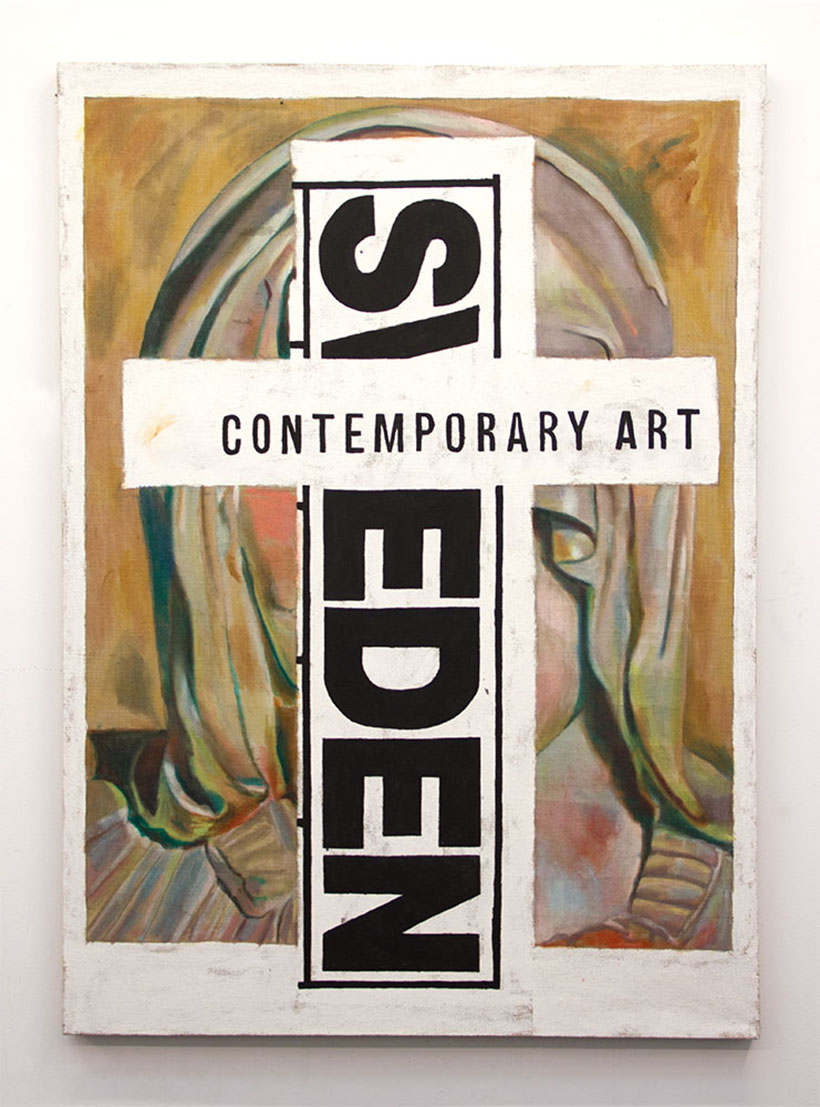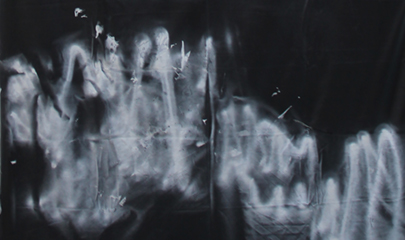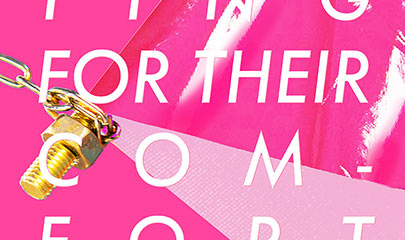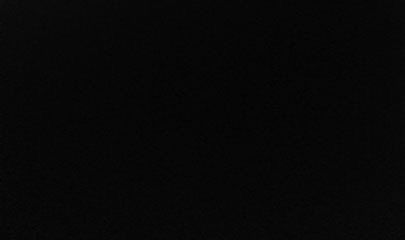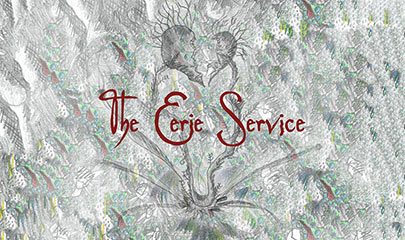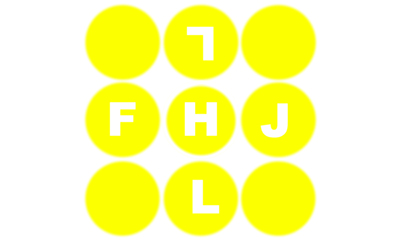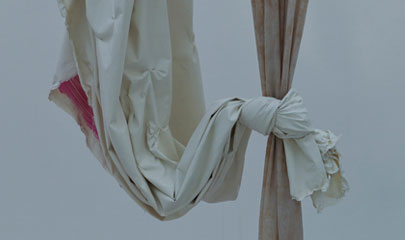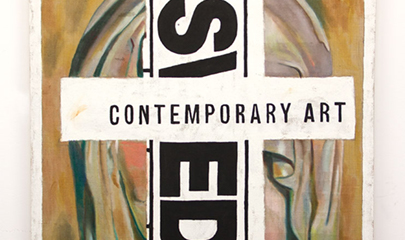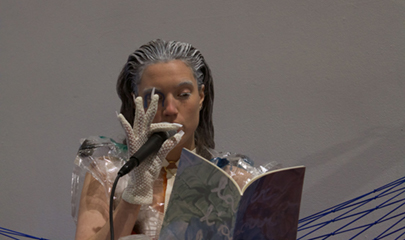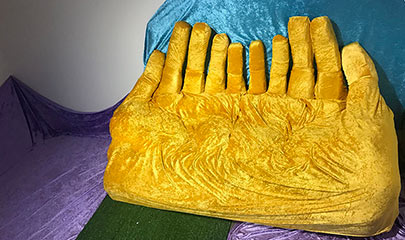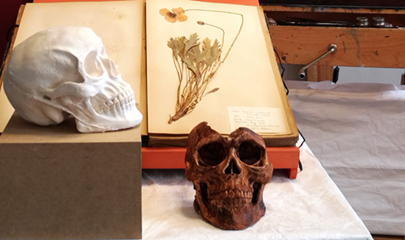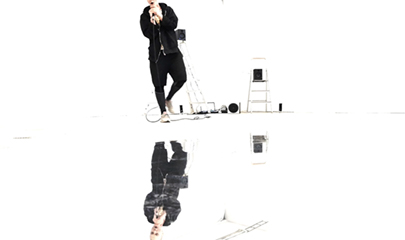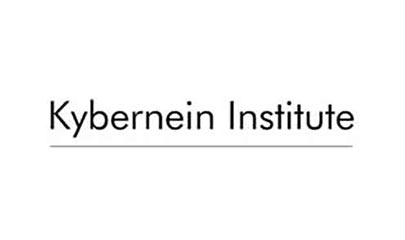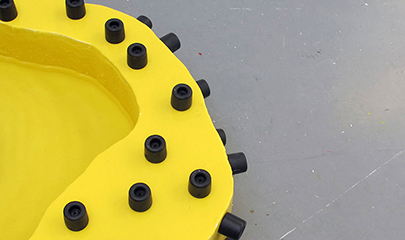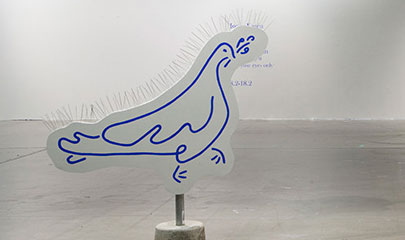Philosopher Kōjin Karatani once wrote that, “art does not exist without a discourse on itself.” Throughout their education, students of Fine Art are in an ongoing process of not only acquiring and refining the broad range of skills necessary to the development of their work, but also the ability to interrogate and contextualise their individual practices; to be aware of the historical and theoretical frameworks within which their creative practice can be positioned, and critically reflect upon the decisions made in the production of their work. This integrity and commitment, and complexity of philosophical, aesthetic and conceptual enquiry, resonates throughout all of the work in this exhibition.
To search for a language. To formulate the wordless. To attempt. To look within oneself and to create a shared experience. To be a facilitator, a collective; a critic and a catalyst. Theatrical and concrete. To question one’s own privilege, and the privileged positions of others; and to find the possibilities for new ways, and other kinds of relations. To destabilise. To sing. To be empowered. To withstand outside pressure. To be a host, a think tank, a conservator and a romantic. To be the wave and the particle, the ocean and the dove. To be in continuous movement.
The 2018 degree exhibition features a diverse and engaging range of practices that encourage us to focus upon and re-evaluate the conditions, objects, spaces and attitudes that define our daily experiences. Whether challenging us to think differently about the structures and relations that shape everyday life, or the languages and systems of representation through which we relate to the world around us, the work exhibited here perfectly attests to the ongoing importance, relevance and critical potential of contemporary art. The quality, dynamism and ambition of the work on show pays testament to the outstanding creative and academic achievements of every student represented, and reflects the commitment and dedication each one has demonstrated during their time as a student of Fine Art.
Dr Mat Gregory
Senior Lecturer in Fine Art
Filosofen Kōjin Karatani har sagt att ”konsten existerar inte utan en diskurs om sig själv.” Utbildningen på kandidatprogrammet Konst innebär att studenterna får tillgodogöra sig och förfina de praktiska redskapen för att utveckla sitt arbete, men de lär sig också att ifrågasätta och kontextualisera den egna praktiken. De historiska och teoretiska ramar inom vilka deras konstnärliga praktik kan positioneras medvetandegörs och studenterna får kritiskt reflektera över de egna besluten i den konstnärliga processen. Den grundsatsen återspeglas tillsammans med filosofiska, estetiska och konceptuella frågeställningar i samtliga verk i utställningen.
Att söka efter ett språk. Att formulera det ordlösa. Att försöka. Att söka inom oss själva och dela den gemensamma erfarenheten. Att vara en förmedlare, ett kollektiv, en kritiker och katalysator. Teatraliskt och konkret. Att ifrågasätta våra egna privilegier och andras priviligierade positioner. Att hitta möjligheter för nya metoder och andra former av relationer. Att försätta i gungning. Att sjunga. Att ta makten över sitt liv. Att stå emot påtryckningar. Att vara en värd, en tankesmedja, ett drivhus och en romantiker. Att vara vågen och partikeln, oceanen och duvan. Att vara i ständig rörelse.
Vårutställningen 2018 representerar en mångfald spännande praktiker som vill få oss att rikta fokus mot och omvärdera de förutsättningar, objekt, rum och attityder som definierar våra upplevelser av vardagen. De utmanar oss att tänka i nya banor om de strukturer och relationer som formar våra liv eller de språk och representativa system genom vilka vi kommunicerar med omvärlden. Samtliga verk i utställningen vittnar om den moderna konstens ständigt aktuella, viktiga, relevanta och kritiska potential. Den höga kvaliteten, dynamiken och ambitionen i de utställda verken ger prov på studenternas imponerande kreativa och akademiska prestationer. Här ser vi resultatet av ett engagerat och hängivet arbete som har präglat hela deras utbildning.
Dr Mat Gregory
Lektor i konst
